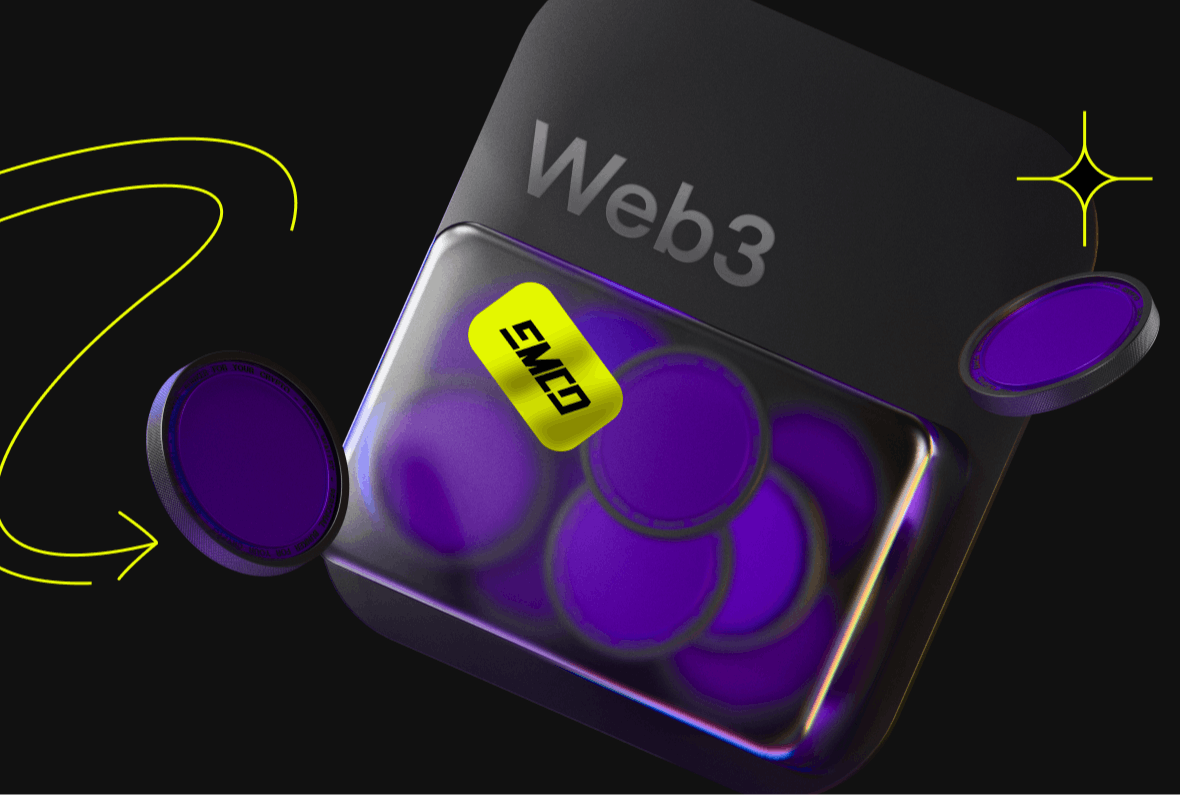The MasterFrame 600 is far from an oversize tower, but everything from the cast-aluminum corners to the support for triple-fan 360mm-format radiators speaks of Cooler Master’s desire to impress. The radii of those corners provide the molded-together appearance that Cooler Master had formerly achieved using plastic faceplate bits, with the new design reducing the use of plastic to things like the power button and the cable insulation. Even the ventilation holes in the front face are a little “extra”: They’re shaped like Cooler Master logos.
(Credit: Thomas Soderstrom)
The plastic power and reset buttons are unlit; the MasterFrame 600’s sole indicator LED shines its power-on signal through a hole in the aluminum panel. Twin USB 3.x Type-A ports, a Type-C port, and a headphone/mic (headset) combo jack complete a removable section that, in the factory-installed configuration, is located at the forward end of the top panel.
Around back, we find the only exterior panels on this case that are made of steel, rather than aluminum. These include an upper rear panel with the motherboard I/O plate and a factory-filled 120mm fan mount, the center section with an eight-slot PCI Express expansion card panel, and the lower section, with its power-supply mounting plate. These panels are removable, but exclusively for the purpose of swapping the power supply’s position from the bottom of the case to the top. We see no provisions for turning the PCIe card slot holder sideways.

(Credit: Thomas Soderstrom)
Magnets at the top and catch tabs at the bottom enable tool-free access to the MasterFrame 600’s interior. Inside, a set of horizontal crossbars secures the motherboard tray and other interior panels to the outer frame. The two vertical bars can be spaced to mount either a set of side fans or 3.5-inch hard drives.

(Credit: Thomas Soderstrom)
Sheet-steel frames on the inside of the MasterFrame 600’s aluminum face, top, and right-side panels provide the material for the frame’s screwed-on magnets to attract. Dust filters are tucked between the outer aluminum and inner steel frame of the top and front panels, whereas plastic snaps hold the right panel’s filter directly to its aluminum sheet using welded-on studs.
The bottom panel’s dust filter is easier to remove. Since the underside is steel, its filter is stuck in place using magnetic strips.

(Credit: Thomas Soderstrom)
From its cross bars, the MasterFrame 600’s motherboard tray is offset around 1.3 inches, its cable cover around 2 inches, and its triple 2.5-inch drive tray around 0.8 inch. All of these pieces reside behind a trio of factory-installed 140mm intake fans.

(Credit: Thomas Soderstrom)
We mentioned the various distances at which the interior panels stand to emphasize that they’re not on the same plane. (The cable cover, for example, sticks out past the board, as it’s supposed to hide certain cables.) And while all of these panels are removable, none provides the extra mechanical support to sturdily mount a 13-inch-deep EATX board. Removing the cable cover will, however, give builders enough room to install the 9.6-to-10.7-inch enthusiast-class motherboards that also carry the EATX label. We removed just one of the panels below at right to show where the side-fan mount resides.

(Credit: Thomas Soderstrom)
Want more steel? The power supply’s shroud, its removable endcap, and the perforated steel bottom panel all qualify. By now, you’re probably noticing the continuous series of mounting holes around the edge of the case that allow most of these components to be repositioned.

(Credit: Thomas Soderstrom)
Even the port panel can be relocated from the front of the top panel to the bottom of the front panel. Given that it shares part of the case’s top with an adjoining panel, moving the port module to the front also requires moving the top panel to the front; the displaced front panel then moves to the top.

Get Our Best Stories!
All the Latest Tech, Tested by Our Experts

By clicking Sign Me Up, you confirm you are 16+ and agree to our Terms of Use and Privacy Policy.
Thanks for signing up!
Your subscription has been confirmed. Keep an eye on your inbox!
The big thing, though, that gives this case some future spark is the option to change out front and top panels altogether for new-look ones. Cooler Master has mooted parts with pale and dark wood finishes, and plenty else. For now, the Cooler Master site offers only a Case Panel Natural (in eucalyptus wood), as well as an especially intriguing Case Panel Stone (with a stone-like surface). Both will fit the top or front sections of the MasterFrame 600 case. We couldn’t find them actually available anywhere yet, though, and we’re not sure if this will be the extent of the optional bits Cooler Master will offer.
Cables include HD Audio, a nine-pin power/reset button/LED front-panel combo connector, a dual-link Gen 2 (that is, Gen 2×2) cable with a Type-E motherboard connector and a Type-C port, and a 19-pin USB 3.x connector with two Type-A ports.

(Credit: Thomas Soderstrom)
Removing the port unit (above) gives us a better perspective (below) on how similar the holes are for the front and top panels: They’re identical. Both have magnets screwed to one end for attaching the corresponding front or top panel, and both are filled with a multi-spaced bracket for installing 120mm to 200mm fans. Here’s the catch: The space taken up by ports and buttons reduces the space available for adjacent fans from three 140mm fans to three 120mm ones.

(Credit: Thomas Soderstrom)








